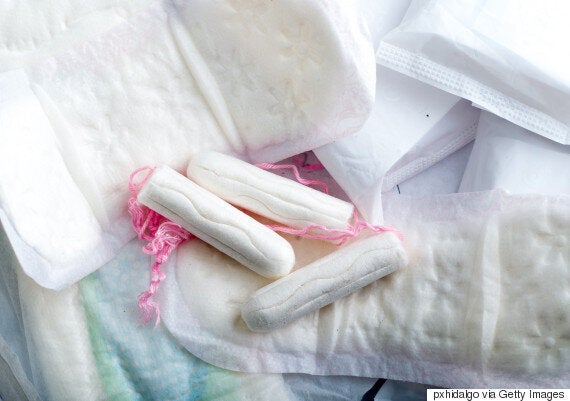Periods are a fundamental part of being female. In fact, right now, 300 million women across the world are menstruating.
While we know periods can turn up at the most inconvenient times and can cause a lot of pain, they are also a fascinating part of what makes us women.
The above video from Ted-ED describes the internal workings of periods and explains why they are (sometimes) so seamless.

Periods last anywhere between two and seven days, and arise once within a 28-day rotation. This cycle then repeats itself roughly 450 times during a woman's life.
There are a series of hormonal controls, including oestrogen and progesterone, which work alongside one another to make menstruation start and stop during those 28 days.
In your two ovaries, there are thousands of tiny sacs called follicles. Each follicle contains one oocyte, a tiny unfertilised egg cell.
At puberty, ovaries hold over 4,000 egg cells but release only one each month, which can result in pregnancy or a period.
Each month, the hormone-producing pituitary gland in the brain releases two substances into the blood: follicle-stimulating hormone (FSH) and luteinizing hormone (LH).
SEE ALSO:
How Did Women Deal With Their Periods? The History of Menstruation
When the hormones reach the ovaries, they encourage the egg cells to grow and mature. The follicles respond by pumping out oestrogen.
As the egg cells grow, oestrogen levels peak. This stops the production of FSH and tells the pituitary gland to produce more LH instead.
Back in the ovaries, this process causes one of the egg cells to burst out of the follicle and move through the ovary wall. This process is called ovulation and it usually happens 10-16 days before your period starts.
The oocyte moves along the fallopian tube and a pregnancy can only occur if the egg is fertilised by sperm within 24 hours. Otherwise the egg's journey ends and the window for pregnancy closes.
Next comes your period.
Back in the ovaries, the now-empty follicle produces progesterone which tells the womb's lining to fill up with blood and nutrients. This is in preparation for a fertilised egg which might embed there and grow into a foetus.
If the egg doesn't embed, a few days later the body's progesterone and oestrogen levels dip. This results in the womb degenerating and, eventually, the blood and tissue falls away from the body. Hello period.
The womb can take up to a week to clear out its unused contents. After this, the cycle begins all over again.